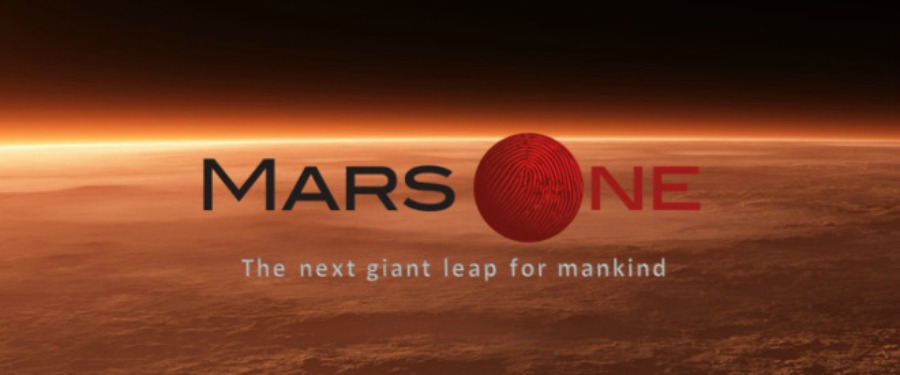

When Mars One announced its plans to go to the Red Planet, the excitement was palpable. When the application deadline hit in 2013, there were more than 200,000 applicants. The number of people who applied is rather surprising, considering that this is going to be a one way trip.
Yes, you read that right. The people selected for this trek across the cosmos will be relocating permanently. The men and women who man the Mars One mission will be going to the Red Planet to live, yes, but also to die.
Of course, we don’t have the technological capabilities to send 200,000 people to Mars. In the end, the number had to be dramatically reduced. Ultimately, only 4 people will make this voyage. The initial 200,000 were quickly whittled down to just 660 potential representatives to the Red Planet. And now, this number had been further reduced to just 100. So far, the process has mainly consisted of ensuring basic physical requirements and completing basic interviews. In order to be given consideration, applicants needed to be at least 18 years old, healthy, and between 5’2″ and 6’3″ tall. Then, there were a series of personality qualifiers. Among other traits, individuals had to demonstrate adaptability, resiliency, and resourcefulness.
The selection of 50 men and 50 women consists of 39 people from the Americas, 31 from Europe, 16 from Asia, 7 from Africa, and 7 from Oceania.
WATCH: Mars One Round 3 Trailer

Now that these basic reviews have been passed, the real training will begin. It is estimated that 24 people will make it to the final round; however, this may alter if anyone needs to withdraw, as participants will begin training in teams during the final stages. It is currently believed that six teams of four will make it to the final round.
The current launch date is set for some time in 2024. And you will want to keep an eye on this project, as the final four candidates will be selected by the general public. Mars One explains, “Because this mission is humankind’s mission, Mars One has the intention to make this a democratic decision. The whole world will have a vote which group of four will be the first humans on Mars.”
Of course, there are some who think that the entire plan is…somewhat ill founded. A recent MIT study found that, should the first Mars One candidates actually make it to Mars without suffering an unfortunate fate, using current technology, they would likely survive just 68 days. Indeed, the researchers asserted that the colonists would starve and be incinerated. But of course, that’s assuming that they made the journey with current technology. Hopefully, by 2024, we will have a bit more know-how.
Meet the People Who Volunteered Live (and Die) On Mars
Mars One was conceived by Bas Lansdorp, who is a Dutch entrepreneur, and it is expected to cost some 6 billion dollars. After the initial landing, Mars One plans on sending people to the planet every few years as a cost of an additional 4 billion dollars. However, these price tags are somewhat controversial, as they are just a fraction of what NASA estimates the cost actually will be. So far, Lansdorp has managed to fund the project through a series of corporate sponsors and crowdfunding campaigns. He has also been a merchandising and, eventually, it is believed that that the program will receive funds from any profits from the planned reality TV series. Yes, that’s right. This entire thing is going to be reality TV.